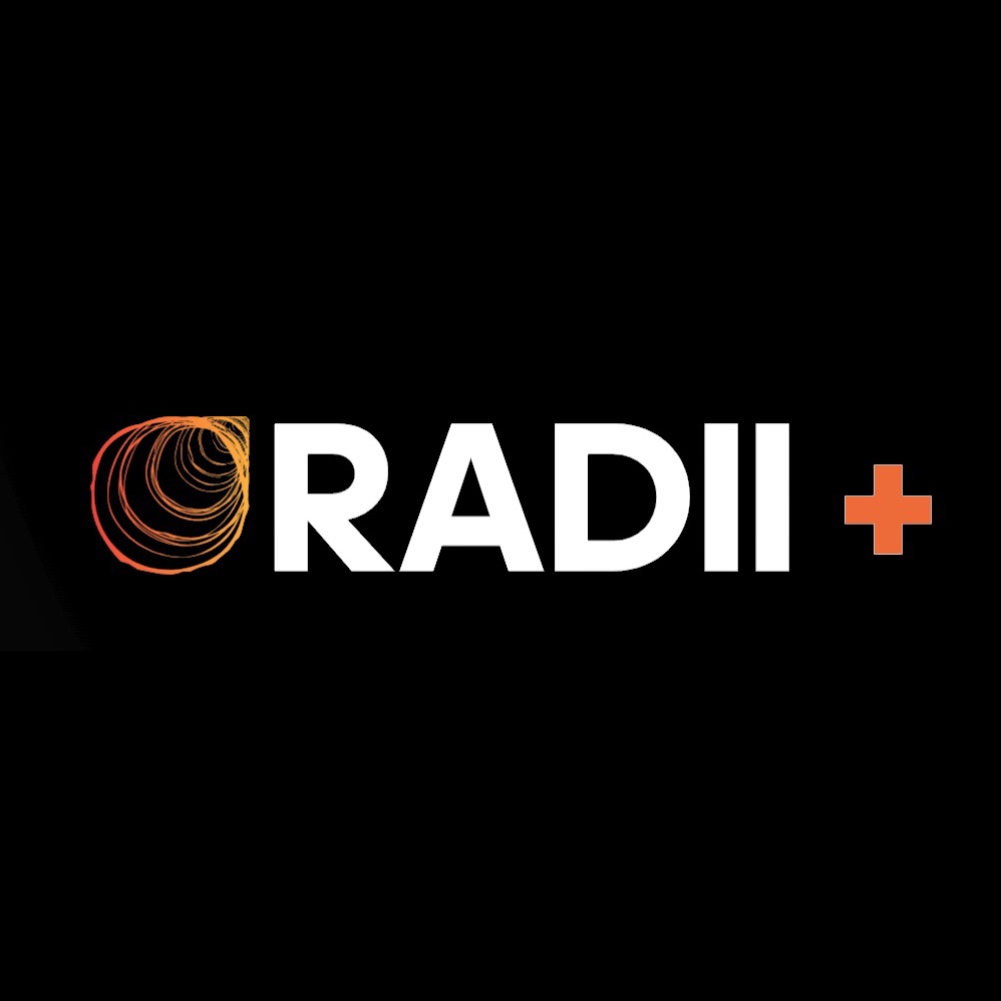Adalytics has released another summer blockbuster, of sorts.
For at least a year, Adalytics has noticed YouTube creator accounts evading the platform’s IP and rights monitoring technology by distributing movies, series, and live sports that should only be available through streaming or cable subscriptions.
The findings, which were released on Monday, were initially reported by The New York Times over the weekend.
This behavior is very difficult to recognize for a variety of reasons. One is that astute YouTubers understand how to manipulate Content ID, YouTube’s automated copyright detection system. Furthermore, rightsholders frequently allow copyrighted material to remain on YouTube while participating in ad revenue. Viewers are unaware that this is the situation.

However, YouTube’s ad reporting is not completely transparent.
According to one buyer at a large agency and a marketer at a major US consumer brand, YouTube removes information regarding copyrighted content and posts that breach terms of service from campaign reports.
READ MORE: Gen Z Like Premium Material, Not Just YouTube. Here’s The Statistics To Back That Up
Both of these sources helped create the Adalytics report and then spoke with AdExchanger.
YouTube representative Jack Malon told AdExchanger that the Adalytics analysis does not account for how copyright practices function on YouTube.
For example, he stated that Content ID identified 2.2 billion instances of copyright-protected videos on the site by 2024. More than 90% of those were permitted by the rightsholder, who has the option of removing the post or sharing advertising revenue and free distribution.
“To frame these videos as ‘illicit’ without first reviewing the specific choices made by each rightsholder is inaccurate and misunderstands how the media landscape on YouTube works today,” Malon wrote. “It’s not up to Adalytics, nor YouTube, to decide what constitutes copyright infringement; that decision is up to the rightsholder.”

YouTube account holders post movies that are still in theaters or exclusive to streaming platforms, some of which are undoubtedly not permitted by the IP owner. Think Disney’s “Lilo & Stitch,” Warner Bros.’ “Sinners,” and Netflix’s “Squid Games.” The videos often have bold titles, such as “Lilo y Stitch, Película completa” and “Squid Games 3 in English.”
These videos receive hundreds of thousands of views, but not millions, and this is by purpose. To evade YouTube IP detection, the accounts remove or change the content or link after a few days of uploading. Sometimes the title is changed and the material substituted with something benign, such as a long video of someone playing video games or doing busywork at their desk. Other times, the entire video gets pulled.
According to the report, a YouTube scammer will frequently use a legitimate membership to access a live sports broadcast. Adalytics, for example, reported college football games being streamed on YouTube via Paramount+ and ESPN+. Every five minutes or so, the video may clumsily zoom in and out of focus, or blur and discolor, indicating a strategy to avoid detection by YouTube.
READ MORE: The ‘Smells Like Teen Spirit’ Video By Nirvana Has Received Over Two Billion Views On YouTube
Most of these accounts have thousands or tens of thousands of subscribers despite occasionally having no listed videos or only one or two worthless placeholder videos. These high subscriber statistics indicate that recurring users are checking accounts to see which episodes or movies are free to watch on YouTube.

The millions of cumulative views on these movies result in even more ad impressions, as some videos serve advertising many times in a program or, more typically, play back-to-back sponsored placements after a few minutes of viewing.
Subtraction using redaction.
Advertisers frequently criticize the lack of transparency in walled gardens. The latest Adalytics report exemplifies this frustration in practice.
The Adalytics report categorizes YouTube campaign reports into three levels of placement transparency.
Some impressions contain the URL, account name, and video title, however in others, YouTube will reveal the URL but redact or modify the account and video title.
AdExchanger spoke with two agency buyers who were unaware of the Adalytics research to establish that it accounts for a single-digit or low double-digit percentage of YouTube spend. When advertisers visit the URL, they will normally find that the video was removed due to a breach of the terms of service. The video might have potentially been made private by the account.
READ MORE: When It Comes To TV And Movies, YouTube Surpasses Its Streaming Competitors

The third bucket, and frequently the largest overall for a high-spending YouTube marketer, is the “Total: Other” category, which contains no URL or information on where ads were served.
But that doesn’t imply the information isn’t available.
YouTube gives placement information, but only if an advertiser can obtain a report soon enough, according to the agency buyer and CPG advertiser AdExchanger spoke with.
For example, the agency buyer conducted his own personal test campaigns on approximately 40 videos referenced in the report, largely big motion studio footage “that was definitely not approved by the rightsholder.”
When he pulled a report within a day, he said, the placement-level information was visible, shedding light on those fraudulent accounts and videos. If he waited a few days before pulling his campaign report, the majority of the videos would disappear under “Total: Other.” Any videos that remained in the campaign report were now just dull placeholder posts, he added, because the account operator had already changed the content to avoid being reported by YouTube.
The lack of openness in YouTube’s campaign reporting makes it nearly hard to determine how, when, and how much of this type of intellectual property infringement occurs on the platform.
The same agency buyer stated that of the tens of millions of cumulative YouTube ad dollars spent between 2023 and 2025, which he and Adalytics investigated for the analysis, millions of dollars were found to be going to films that were removed for copyright and other terms-of-service breaches.

And that only includes the “sliver” of ad impressions from reports for which the video URL was still available. “That doesn’t even account for the Total: Other placements.”
Advertisers expect little visibility from walled garden platforms, but campaign reports are redacted after the fact, which is a harsh pill.
“Can you imagine,” asked him, “if advertisers discovered a week after the fact that The Trade Desk was redacting thousands of impressions – all of them highly discreditable – from advertisers’ log files?”
The same agency ad buyer stated that he conducted his own testing since he believes Google would maintain that advertising are generally refunded and content providers are not compensated for these placements.
He stated that the tests had relatively modest sample numbers and cost less than $100. However, he stated that only a small percentage of those placements were repaid, accounting for only 1% of the total budget. This is despite the fact that the advertising only served a pool of inventory, which he claimed should be repaid.
A tale of two algorithms.
But perhaps the more pressing concern is: how does this garbage get on YouTube in the first place?
YouTube’s Content ID provides an efficient precaution. Even the advertisers who participated in the Adalytics report agree.

The agency buyer who spoke with AdExchanger stated that, out of curiosity, he retrieved the video file from an IP-infringing YouTube post and re-uploaded it to a burner account that he used while conducting research for the report. Content ID quickly flagged it as Viacom property, giving him the option of appealing or removing it.
Nonetheless, someone was able to post that file beneath the radar and maintain it online for days. Many of the Adalytics-documented scam accounts appear to originate in India, Pakistan, or Vietnam, according to the agency buyer, based on information the accounts provide about themselves, the languages they post in, and the times of day when they post or remove videos.
The source indicated that the Content ID requirements may be more stringent depending on the country.
Furthermore, the viewer may recognize that a video is a copyrighted creation, despite Content ID enabling that distribution when the rightsholder chooses to monetize through the ad revenue share.
“This means their copyrighted work remains on YouTube at their discretion,” Malon told me.
Okay, fair enough.
However, it becomes problematic when YouTube’s recommendation algorithm is involved, according to an agency buyer and brand marketer who talked with AdExchanger about the report. When copyright-protected content sneaks through the Content ID or is sometimes denied by the IP owner, YouTube amplifies it using its recommendation algorithm.
“We don’t even need to look for them,” the agency buyer said of the 200-plus movies and shows listed in the Adalytics report. YouTube’s algorithm served them “spoon-fed” videos.
Even during the July Fourth holiday weekend, in a meeting with AdExchanger, Adalytics Founder and CEO Krzysztof Franaszek highlighted new content that had been recommended to his YouTube site. These included “Sinners” in French, new episodes of “Love Island” copied from Peacock, and “Squid Game: Season 3” in English, which received over a million views before being deleted. The account had 76,000 subscribers and only one video.
But arguably the most aggravating aspect of all this, according to the agency buyer, is that the burner account he’s been using to perform testing is now being served brand lift surveys to determine which movies he’s heard of and plans to see.
He said that YouTube is “reselling” these individuals to studios and broadcasters as prime moviegoers.
In an ironic twist, he said that studios are “paying for the privilege” of targeting and measuring the mood of people who watch the movie for free on YouTube.
Step into the ultimate entertainment experience with Radii+ ! Movies, TV series, exclusive interviews, live events, music, and more—stream anytime, anywhere. Download now on various devices including iPhone, Android, smart TVs, Apple TV, Fire Stick, and more!


